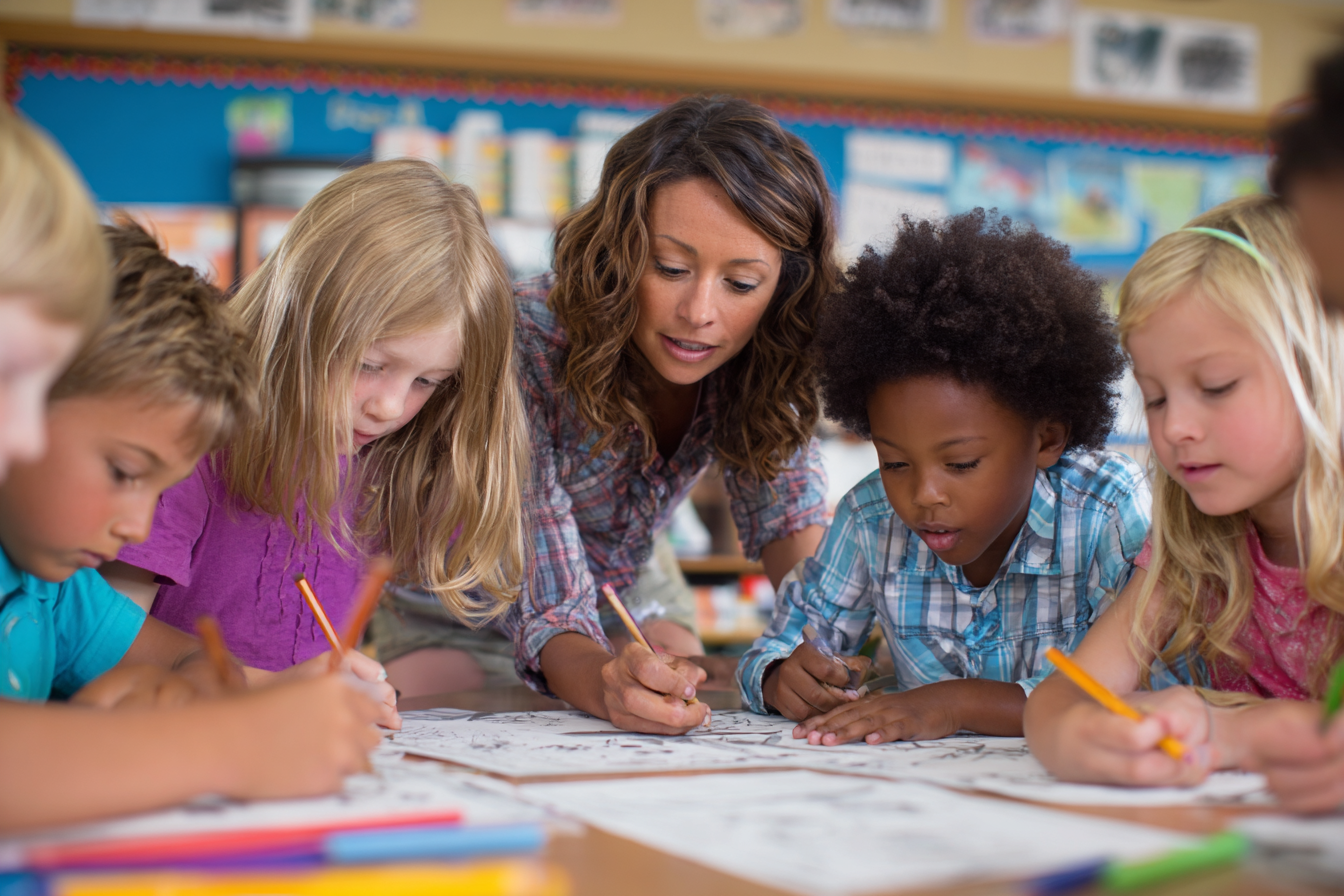Unit Plan 19 (Grade 2 Social Studies): Sequencing Our Lives
Create personal timelines with labeled events and dates to help students understand sequencing, before/after, past vs. present, and how their own life story unfolds over time.

Focus: Create personal timelines with labeled events and dates, helping students understand before/after, past/present, and how their own lives tell a story over time.
Grade Level: 2
Subject Area: Social Studies (History • Inquiry/Skills)
Total Unit Duration: 5 sessions (one week), 30–45 minutes per session
I. Introduction
In this unit, students learn that their lives are made up of important events that can be placed in order on a timeline. Through stories, photos, and simple date labels, they practice using words like first, next, then, last, and before/after to talk about their personal history. They gather information from home photos, family interviews, and a few short texts or class charts, then turn it into a personal timeline that shows how they have grown and changed over time. The unit ends with a gentle sharing session where students explain one or two favorite events from their timelines.
Essential Questions
- What is a timeline, and how does it help us see events in order?
- How can we show the story of our lives using events and dates?
- What is the difference between past and present, and how have we changed over time?
- How can photos, family stories, and short texts help us remember and sequence important events?
II. Objectives and Standards
Learning Objectives — Students will be able to:
- Explain that a timeline is a way to show events in order from first to last.
- Use words like before, after, past, and now to talk about events in their own lives.
- Gather information about personal events from photos, family interviews, and simple class texts/charts.
- Select and sequence at least 4–6 personal events (e.g., birth, first day of school, a big trip) with labels and simple dates (year or age).
- Create a neat personal timeline with a line, time order, labeled events, and short captions, then explain it to a partner or group.
Standards Alignment — 2nd Grade (C3-based custom)
- 2.C3.Hist.1 — Construct and read simple timelines of personal, local, or national events.
- Example: Build a class timeline of “Our Year in Grade 2.”
- 2.C3.Inq.2 — Gather information from multiple simple sources (photos, maps, short texts, interviews).
- Example: Use a children’s atlas, a local map, and a librarian interview to learn about services.
Success Criteria — Student Language
- I can tell what a timeline is and use it to show events in order.
- I can use words like first, next, then, last, before, and after to describe my life events.
- I can use photos, family stories, or simple texts/charts to help me remember important events.
- I can make a personal timeline with at least 4–6 events and label them with words and dates or ages.
- I can share my timeline and explain at least one event and why it is important to me.
